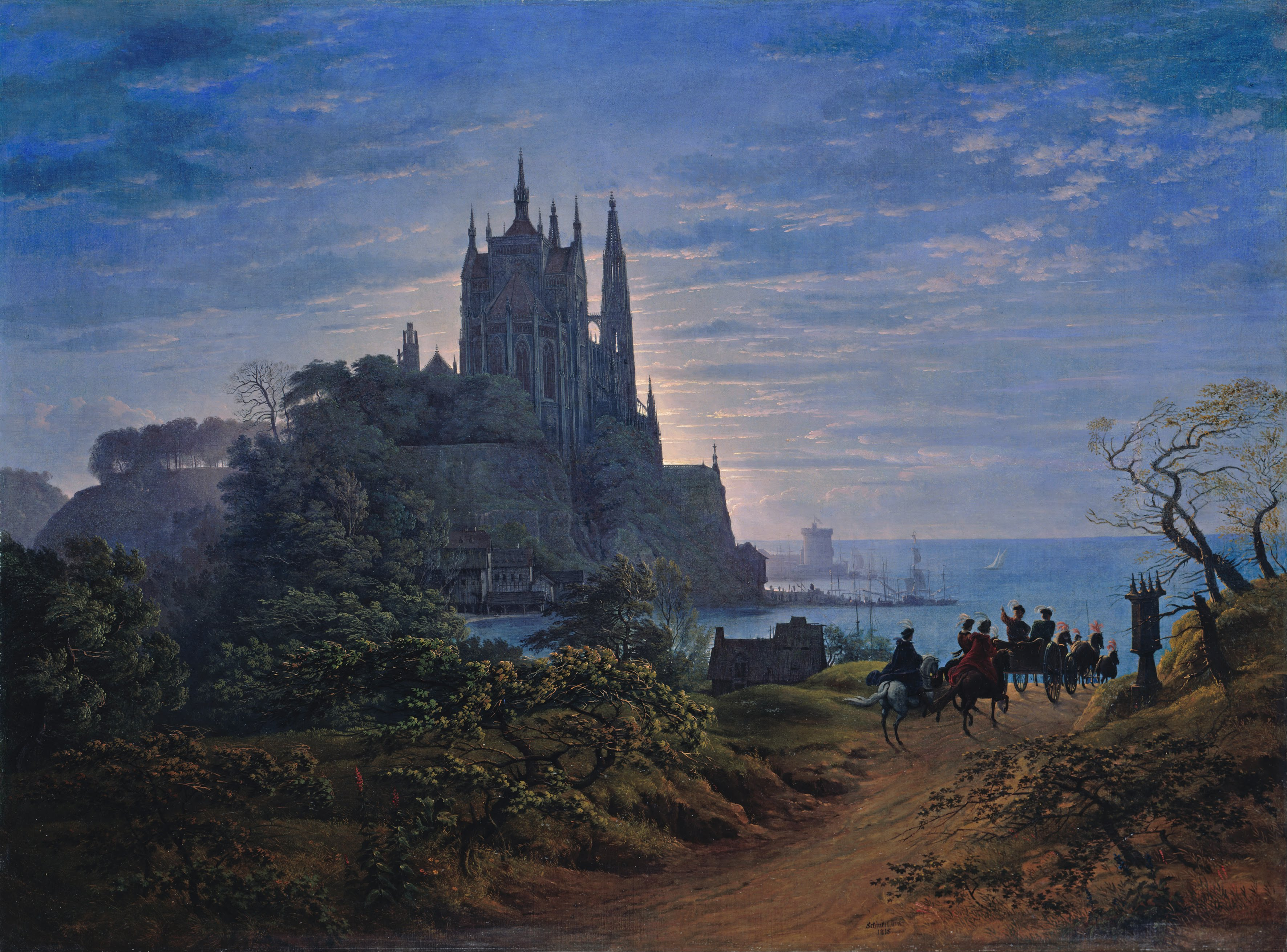|
Schinkel School
The Schinkel school () was a German architectural style active from 1840 to the end of the 19th century. It is named after its head, Karl Friedrich Schinkel. See also * Rundbogenstil (round-arch style) is a 19th-century historic revival style of architecture popular in the German-speaking lands and the German diaspora. It combines elements of Byzantine, Romanesque, and Renaissance architecture with particular s ... Architectural styles {{Architecture-stub ... [...More Info...] [...Related Items...] OR: [Wikipedia] [Google] [Baidu] |
Architectural Style
An architectural style is a classification of buildings (and nonbuilding structures) based on a set of characteristics and features, including overall appearance, arrangement of the components, method of construction, building materials used, form (architecture), form, size, structural design, and regional character. Architectural styles are frequently associated with a historical epoch (Renaissance style), geographical location (Italian Villa style), or an earlier architectural style (Neo-Gothic style), and are influenced by the corresponding broader Style (visual arts), artistic style and the "general human condition". Heinrich Wölfflin even declared an analogy between a building and a costume: an "architectural style reflects the ''attitude and the movement of people'' in the period concerned". The 21st century construction uses a multitude of styles that are sometimes lumped together as a "contemporary architecture" based on the common trait of extreme reliance on computer-a ... [...More Info...] [...Related Items...] OR: [Wikipedia] [Google] [Baidu] |
Karl Friedrich Schinkel
Karl Friedrich Schinkel (13 March 1781 – 9 October 1841) was a Prussian architect, urban planning, city planner and painter who also designed furniture and stage sets. Schinkel was one of the most prominent architects of Germany and designed both Neoclassical architecture, Neoclassical and Gothic revival architecture, neo-Gothic buildings. His most famous buildings are found in and around Berlin. Schinkel's Bauakademie is considered one of the forerunners of modern architecture. Biography Schinkel was born in Neuruppin, Margraviate of Brandenburg. When he was six, his father died in the disastrous Neuruppin fire of 1787. He became a student of architect Friedrich Gilly (1772–1800) (the two became close friends) and his father, David Gilly, in Berlin. At that time, the architectural taste in Prussia was shaped in Neoclassical style, mainly by Carl Gotthard Langhans, the architect of the Brandenburg Gate in Berlin. After returning to Berlin from his first trip to Italy in 1 ... [...More Info...] [...Related Items...] OR: [Wikipedia] [Google] [Baidu] |
Rundbogenstil
(round-arch style) is a 19th-century historic revival style of architecture popular in the German-speaking lands and the German diaspora. It combines elements of Byzantine, Romanesque, and Renaissance architecture with particular stylistic motifs. It forms a German branch of Romanesque Revival architecture sometimes used in other countries. History and description The style was the deliberate creation of German architects seeking a German national style of architecture, particularly Heinrich Hübsch (1795–1863). It emerged in Germany as a response to and reaction against the neo-Gothic style that had come to the fore in the late 18th and early 19th centuries. By adopting the smooth facade of late antique and medieval church architecture, it aimed to extend and develop the noble simplicity and quiet grandeur of neo-classicism, while moving in a direction more suited to the rise of industrialism and the emergence of German nationalism. Hallmarks of the style, in ... [...More Info...] [...Related Items...] OR: [Wikipedia] [Google] [Baidu] |


